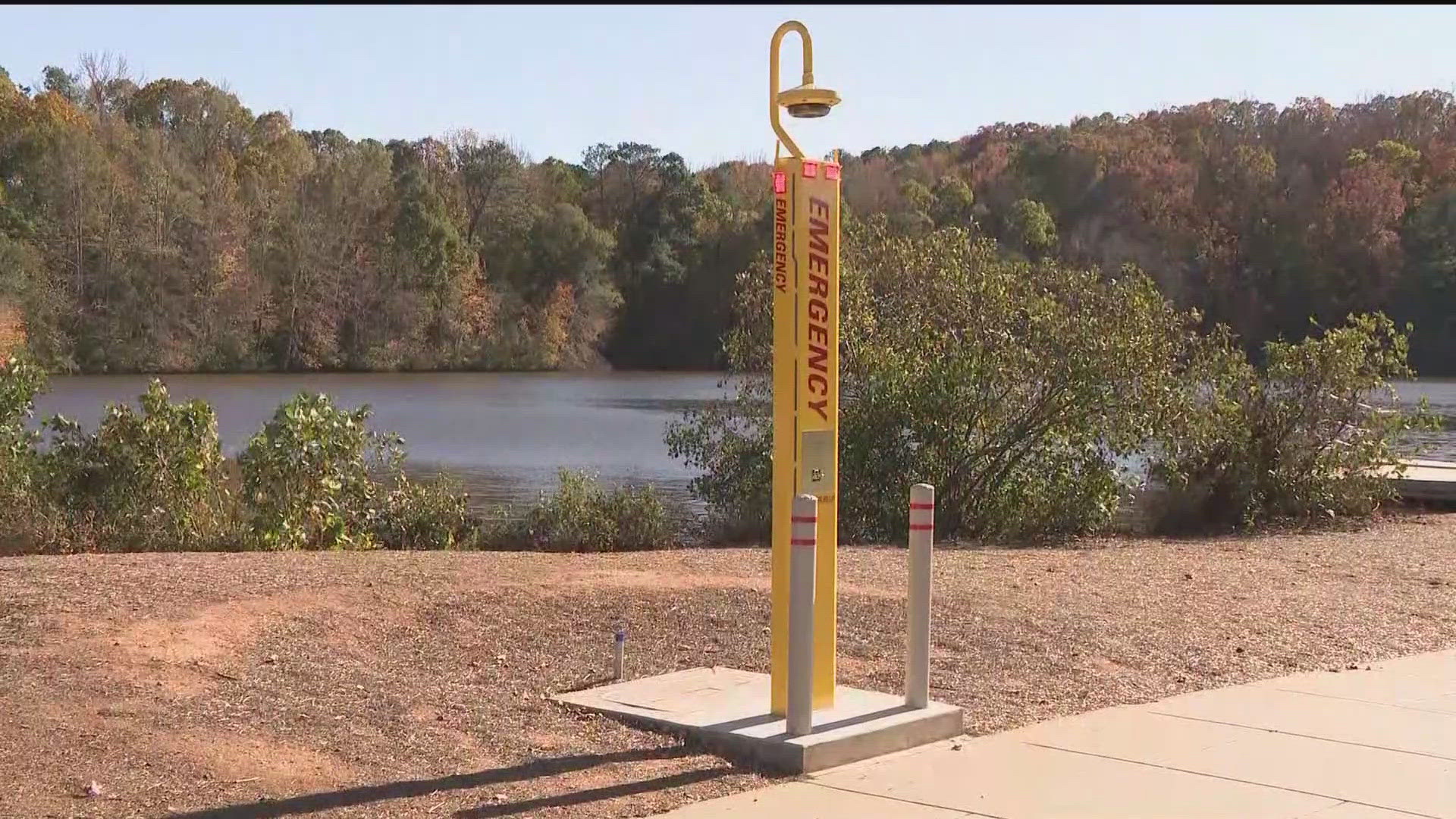QUESTION:
Does legalizing marijuana have an effect on the opioid epidemic?
ANSWER:
Recent studies show a drop in opioid prescription rates in states that established medical marijuana laws, but experts say more research is needed to determine a causation.
SOURCES:
W. David Bradford – Economist at University of Georgia
JAMA Internal Medicine - Association Between US State Medical Cannabis Laws and Opioid Prescribing in the Medicare Part D Population
JAMA Internal Medicine - Association of Medical and Adult-Use Marijuana Laws with Opioid Prescribing for Medicaid Enrollees
The country is growing greener as more states make medical and recreational marijuana legal. With the push for new laws comes the debate whether marijuana could help the opioid crisis, offering patients with pain an alternative to pills.
It's an issue David Bradford, an economist at the University of Georgia, knows well.
“I think the evidence is beginning to mount that when medical cannabis becomes an option for people that they do divert away from opioids,” Bradford said.
In a 2018 study published in JAMA Internal Medicine, Bradford and his team examined opioid prescription rates for Medicare Part D patients, comparing states with medical marijuana laws -- and those without -- over a five year period.
“Let's look at how doctors prescribing changed in states that turned on medical cannabis laws and compare that change to how doctors prescribed in states that didn't prescribe medical cannabis,” Bradford said of the methodology.
The study found states with easy access to medical marijuana through active dispensaries had 14.4 percent fewer opioid prescriptions compared to states without the laws.
In states which only permitted home cultivation, there was a 6.9 percent drop in opioid use. A companion study published in the same issue of JAMA Internal Medicine also recorded a drop among Medicaid patients..
Yet, because Bradford study could not measure whether patients were actually switching to cannabis, the results represent a correlation but not causation.
“Our study did not measure whether Medicare (or Medicaid) enrollees were actually switching to cannabis when they reduced their opioid consumption,” Bradford said. “We just observed opioid prescriptions falling after medical cannabis was legalized compare to consumption in states that did not legalize cannabis. Unfortunately, the data that has prescription use doesn’t have medical cannabis use, and vice versa.”
Bradford has applied for a grant with the National Institute of Health to expand the patient group and study the impact on individuals with private insurance.
“There's no question that more work needs to be done,” Bradford said.
That includes more research on medical marijuana’s impact on chronic pain. According to the Centers for Disease Control and Prevention, “Cannabis-based products may help treat chronic pain in some adults, but more information is needed to know if pain relief from cannabis is any better or worse than other pain management options, such as over over-the-counter drugs like ibuprofen or alternative treatments like occupational therapy.”

